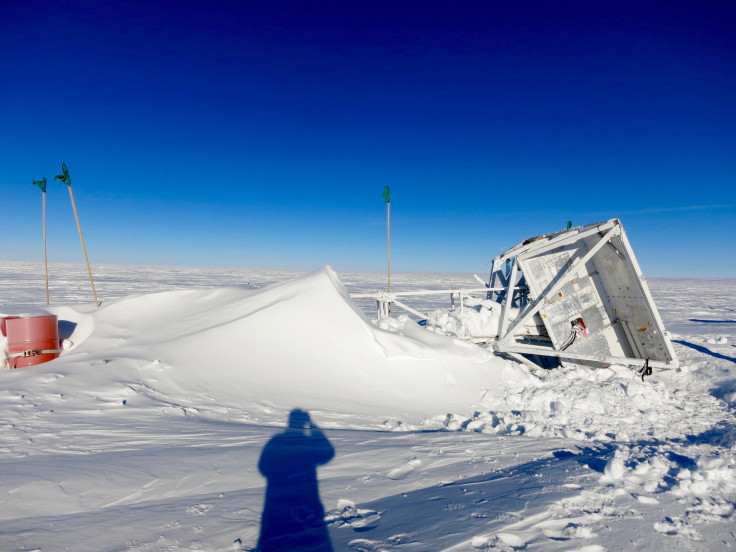NASA Recovers Antarctica Gamma-Ray Telescope, Used To Study Solar Flares, After A Year

A NASA-funded program to study solar flares sent up a telescope in the sky over Antarctica on Jan. 19, 2016. The gamma-ray telescope was tethered to a helium-filled balloon which floated 24 miles above Earth’s surface for 12 days, using the spiraling polar vortex, before it was cut down, and it had been sitting on the icy plains since.
It was only in January this year, when it is summer at the South Pole, that the Gamma-Ray Imager/Polarimeter for Solar flares (GRIPS) instrument could be recovered. While data from the telescope had been recovered much earlier by scientists, the machine itself had to wait for a year to be recovered since the weather had to be right for scientists to dig it out.
The GRIPS team made three one-day flights of about 500 miles each, from the Amundsen-Scott South Pole Station to the Queen Maud region, where the telescope had landed with the help of a parachute after being cut down. No damage occurred to the hardware, and late recovery of instruments is a common practice for scientific balloon missions.
Hazel Bain, a University of California, Berkeley solar physicist on the GRIPS team, said in a statement: “Despite sitting on the ice for a year, no snow had made it into the electronics. The cryostat instrument, which houses the GRIPS detectors, seemed in great condition, and we’re hoping to use some of the instruments again.”
GRIPS telescope is designed to study the high-energy particles that are generated by solar flares, at three times the level of detail compared to other current instruments. This is expected to help scientists understand why these flares occur on the sun, which often sends large amounts of energy toward Earth, affecting the nature of near-Earth space. These flares can also disrupt communication networks on the planet, as well as anything else that relies on electromagnetic radiation.
Specifically, GRIPS observes the gamma-ray and hard X-ray emissions of solar flares, which reveal the composition, dynamics and abundance of the material that caused them.
© Copyright IBTimes 2024. All rights reserved.





















